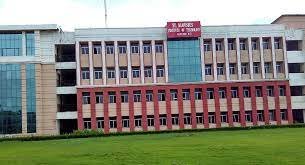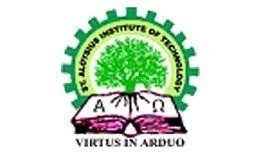Admission typically requires clearing an entrance exam that assesses knowledge in computer science and open-source technologies. Candidates may also need to meet specific academic criteria and participate in interviews or counselling sessions.
Admission Process for B.Tech Open Source And Open Standards
A Bachelor of Technology (B.Tech) program in Print and Media Technology is a specialized field that focuses on the technology and processes involved in the printing and media industry. Admission to this program typically follows a standardized procedure, which may vary slightly from one institution to another. Below is a detailed overview of the admission process for a B.Tech in Print & Media Technology program:
1. Eligibility Criteria:
• Candidates must have completed their 10+2 (or equivalent) education from a recognized board or university.
• They should have studied subjects like Physics, Chemistry, and Mathematics (PCM) during their 10+2 education.
• Minimum aggregate marks in PCM subjects are often required (usually 50-75% depending on the institution and location).
2. Entrance Examinations:
• Admission to most B. Tech programs, including Print & Media Technology, is through entrance examinations. Some institutions may conduct their own entrance exams, while others may consider scores from national or state-level engineering entrance exams like JEE Main.
• Candidates need to prepare for these exams thoroughly, as they usually have a significant weightage in the selection process.
3. Application Process:
• Candidates need to visit the official website of the respective universities or institutions offering the B.Tech in Print & Media Technology program.
• They have to fill out the application form, providing personal details, academic records, and exam scores.
• Along with the application, candidates may need to upload scanned copies of required documents, including a photograph and signature.
• An application fee is usually charged, the amount of which varies from institution to institution.
4. Admission Test Scores:
• The scores obtained in the entrance examinations or other accepted engineering entrance exams are a crucial component of the admission process.
• Institutions may set cutoff scores, and candidates meeting these cutoffs are shortlisted for further rounds.
5. Counseling/Interview Rounds:
• Shortlisted candidates are often called for counselling or interview rounds.
• During these rounds, candidates may be evaluated on their knowledge of printing technology, communication skills, and their interest in the field.
• Some institutions also consider the candidate's 10+2 board exam scores during this stage.
6. Merit List:
• Based on entrance exam scores, interview performance, and academic records, institutions prepare a merit list.
• The final selection is made from this merit list.
7. Seat Allotment:
• After the merit list is prepared, candidates are allotted seats in the B.Tech in Print & Media Technology program based on their ranks.
• The seat allotment process may be centralized or conducted by individual institutions.
8. Fee Payment and Admission Confirmation:
• Selected candidates need to pay the requisite course fees and complete the admission formalities.
• This typically includes document verification, submission of original certificates, and other administrative procedures.
9. Commencement of Classes:
• Once the admission process is complete, students can attend the commencement of classes, which marks the beginning of their B.Tech program in Print and media Technology.
 4 Years
4 Years
 Under Graduate
Under Graduate
 Engineering
Engineering
 Full Time
Full Time



 back
back

